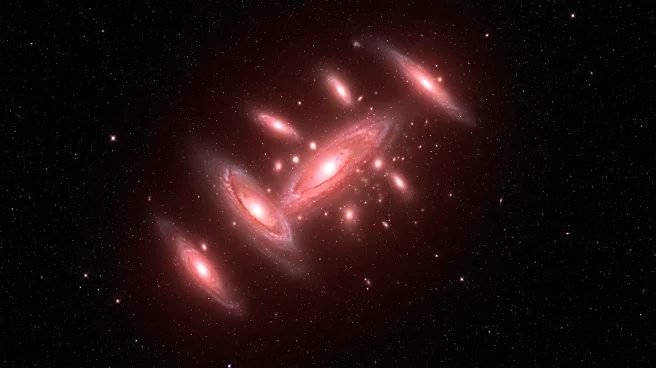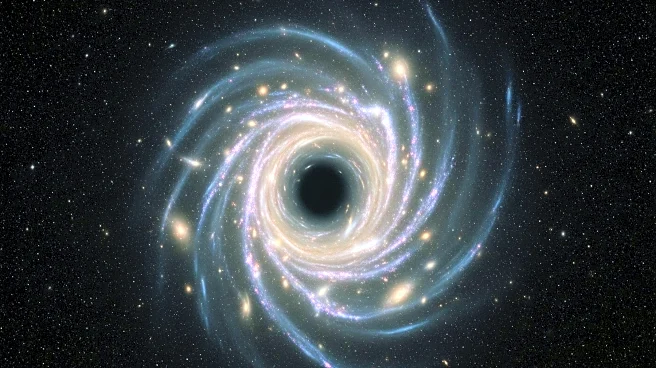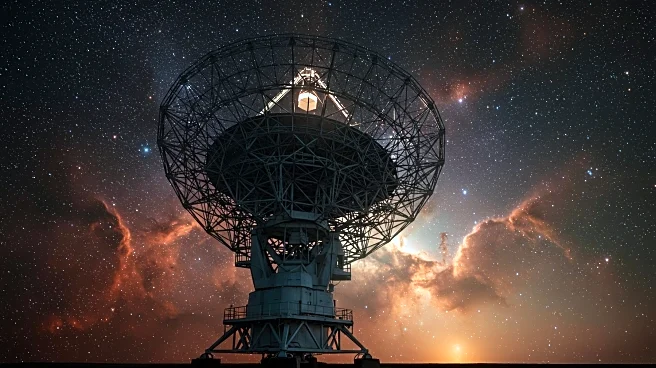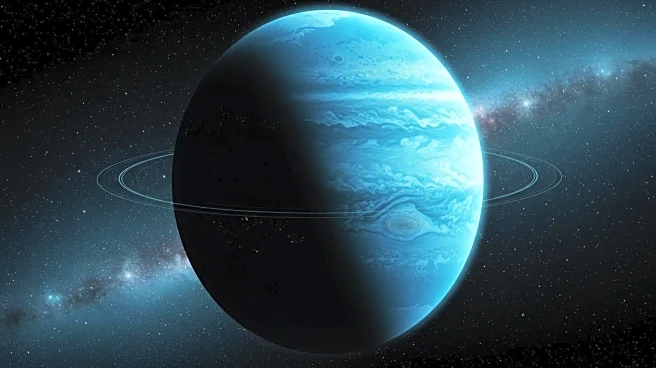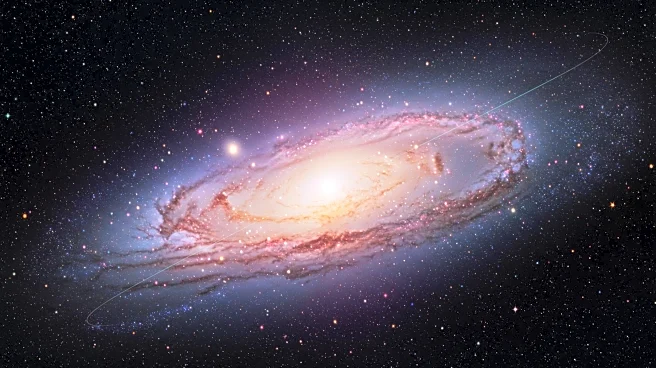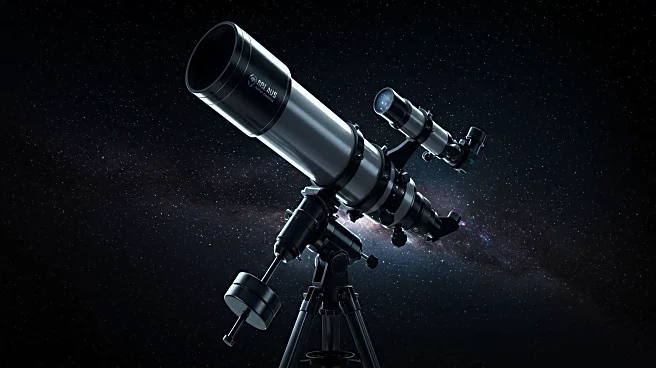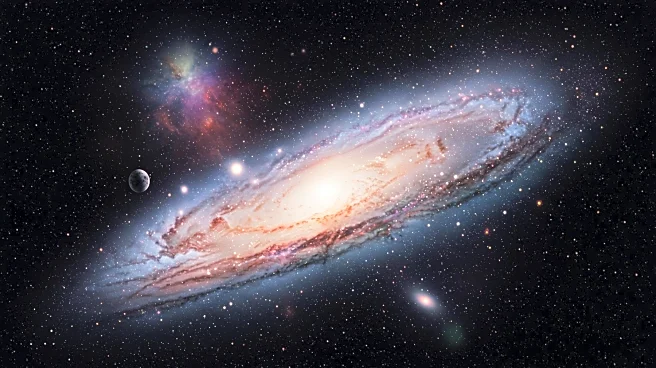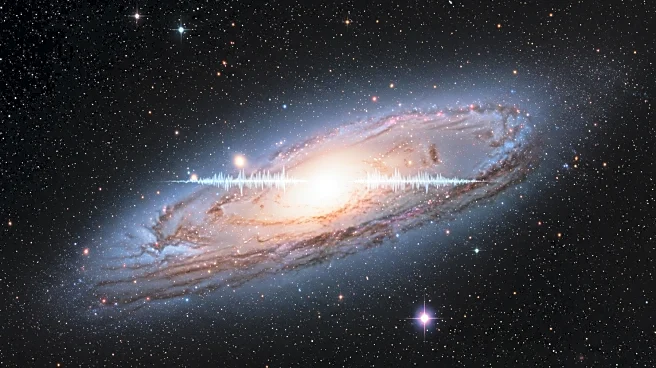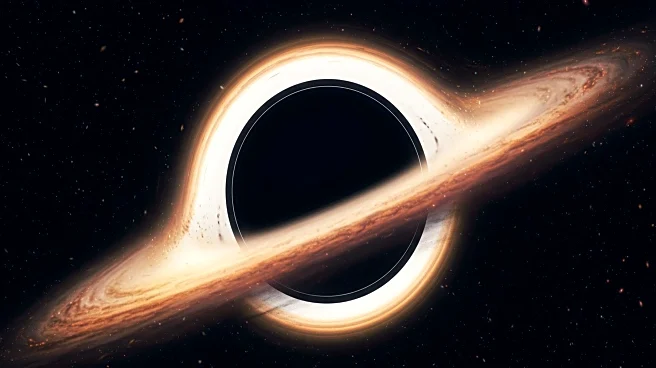Rapid Read • 7 min read
The James Webb Space Telescope (JWST) has captured images using its MIRI infrared camera, allowing astronomers to observe the first galaxies in long-wavelength infrared light for the first time. These observations provide new insights into the formation of galaxies over 13 billion years ago. The study, published in Astronomy and Astrophysics, highlights the ability to estimate the number of stars formed near the Big Bang, offering a deeper understanding of galaxy evolution. Researchers have also been able to study dusty galaxies containing black holes, revealing how heavier elements formed in the early universe.
AD
These findings are significant as they enhance our understanding of the universe's early days, particularly the formation and evolution of galaxies. By observing galaxies in mid-infrared light, scientists can study the processes that led to the creation of stars and elements, which are crucial for understanding cosmic history. The ability to observe these distant galaxies provides valuable data that can be used by researchers worldwide, potentially leading to new discoveries in astrophysics and cosmology.
The publication of these images and data allows researchers globally to access and utilize them for further study. This could lead to advancements in the understanding of galaxy formation and evolution, as well as the role of supermassive black holes in the early universe. The ongoing analysis of these observations may uncover more details about the universe's infancy and contribute to the broader field of space exploration.
The ability to observe galaxies in such detail opens up new possibilities for studying the universe's origins. It challenges existing theories about galaxy formation and the development of cosmic structures, potentially leading to revisions in scientific models. The collaboration between various international space agencies and research institutions highlights the importance of global cooperation in advancing space science.
AD
More Stories You Might Enjoy
